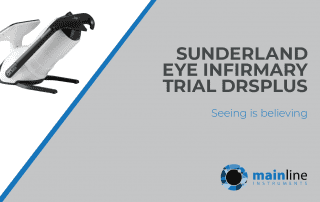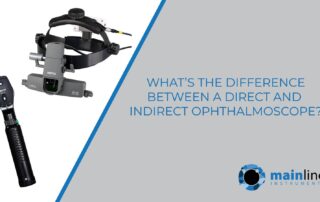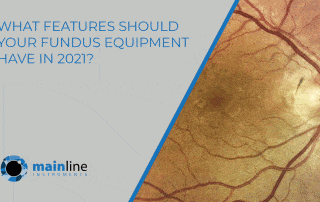The DRSPlus: Positive customer feedback
Customer feedback allows us to understand the real-world challenges faced by the market we serve. That’s why we make a point of asking for product feedback every time a customer purchases or trials one of the devices we offer.
When it comes to the iCare DRSplus Fundus Imaging System, the feedback is always positive and really showcases the performance and ease-of-use […]










